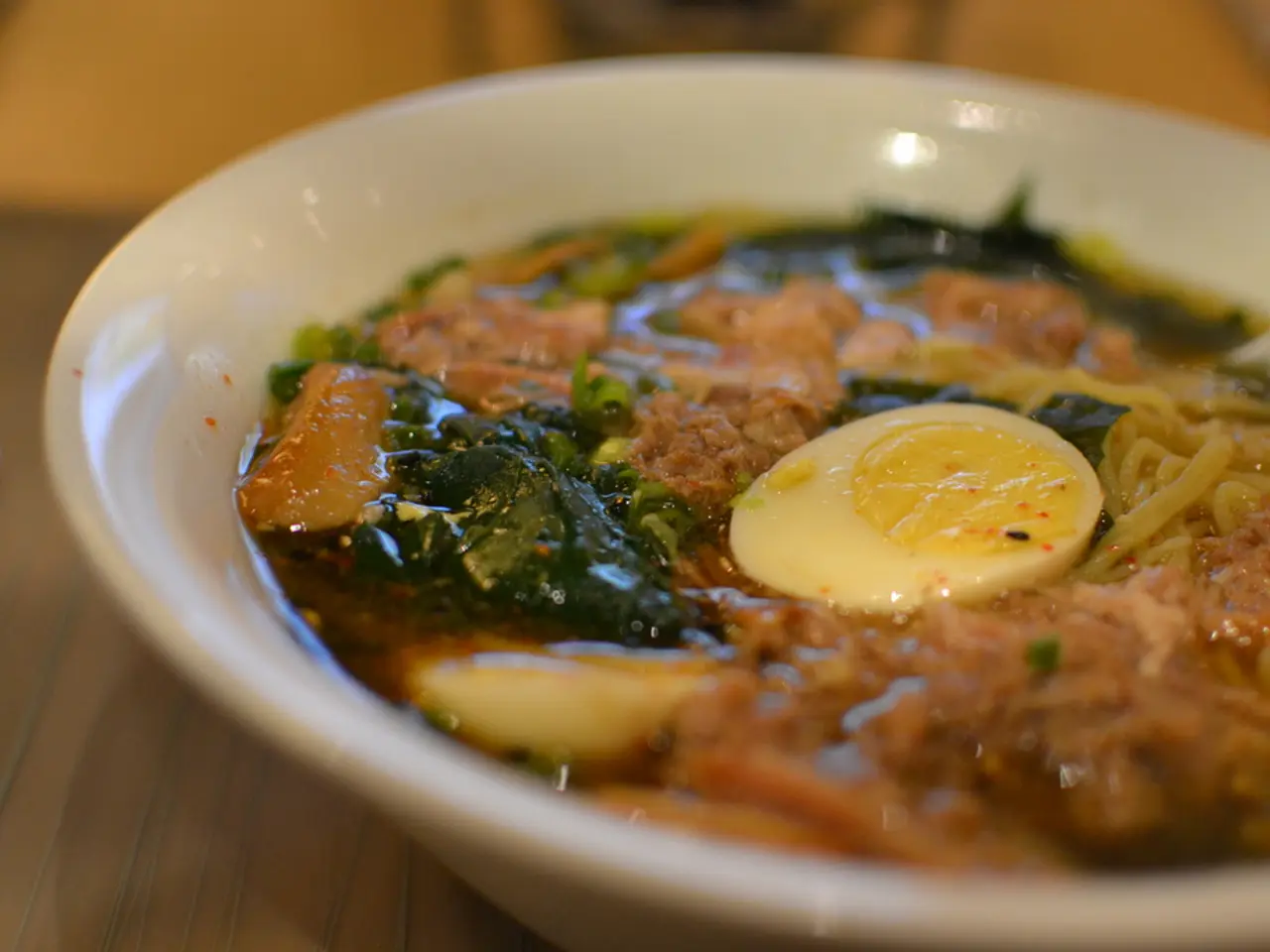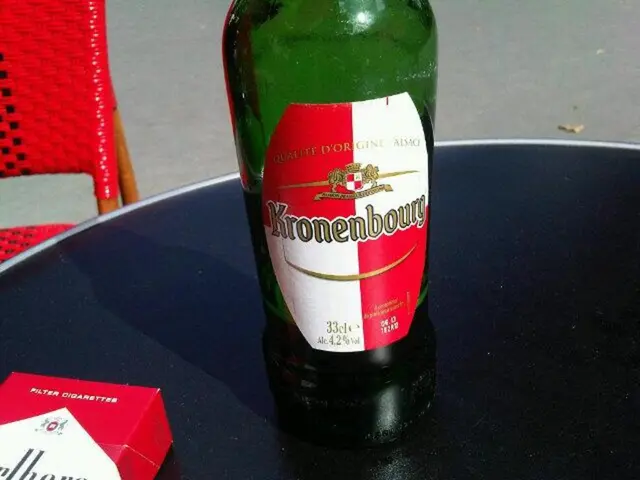Unveiling Cholangitis: An Overview
Cholangitis Exploration: Classifications, Symptoms, Root Causes, Treatment Methods, and Extensive Overview
Cholangitis, an inflammation of the bile ducts, can manifest in various forms, each with distinct symptoms, causes, and treatments. This article focuses on three main types: acute bacterial cholangitis (ABC), primary biliary cholangitis (PBC), and primary sclerosing cholangitis (PSC).
Acute Bacterial Cholangitis (ABC)
Characterised by sudden onset, ABC is the most common form of cholangitis. Its symptoms include:
- Fever
- Right upper quadrant abdominal pain
- Jaundice (yellowing of the skin and eyes)
- Nausea and vomiting
- Chills
ABC is primarily caused by a blockage in the bile ducts, often due to gallstones or bacterial infections such as Escherichia coli, Klebsiella species, and Enterococcus. Previous biliary tract instrumentation can also lead to ABC.
Treatment for ABC focuses on immediate IV antibiotic therapy and definitive treatment that often involves ERCP (Endoscopic Retrograde Cholangiopancreatography) to clear the blockage in the bile ducts.
Primary Biliary Cholangitis (PBC)
PBC is a chronic autoimmune disease that affects middle-aged women, causing inflammation and damage to the small bile ducts in the liver. Common symptoms include:
- Pruritus (itching)
- Fatigue
- Right upper quadrant abdominal pain
- Elevated liver enzymes
The Food and Drug Administration (FDA) has approved ursodiol to treat PBC, which helps slow disease progression. Recently, elafibranor (Iqirvo) has been approved for use if ursodiol is not effective.
Primary Sclerosing Cholangitis (PSC)
PSC is a chronic autoimmune inflammation that scars and narrows the bile ducts inside and outside the liver. It is strongly associated with inflammatory bowel diseases like ulcerative colitis. Symptoms are often mild initially but may progress to include:
- Fatigue
- Right upper quadrant abdominal pain
- Jaundice
- Pruritus
Currently, there is no cure for PSC other than a liver transplant. Temporary treatments may include antibiotics for infections, medications to manage symptoms, and endoscopic procedures to widen bile ducts.
Doctors diagnose cholangitis through a personal and family medical history, physical exam, and various tests such as blood tests, ultrasounds, CT scans, MRI scans, or colonoscopies, depending on the suspected type of cholangitis.
Each type of cholangitis requires specific management strategies tailored to its underlying cause and symptoms. Early and accurate diagnosis are crucial for preventing complications and managing the disease effectively.
- Maintaining digestive health and wellness is important in managing medical conditions like cholangitis, as the disease affects the bile ducts and can lead to chronic diseases such as primary biliary cholangitis (PBC) and primary sclerosing cholangitis (PSC).
- Scientific advancements in medical-conditions research have led to the development of treatments for chronic diseases like PBC, with ursodiol and recently approved elafibranor (Iqirvo) playing significant roles in its management.
- Health professionals use various diagnostic tools, such as blood tests, ultrasounds, and colonoscopies, to identify different types of cholangitis, ensuring appropriate treatments like immediate antibiotic therapy, ERCP, or temporary treatments like medications and endoscopic procedures can be provided accordingly.




